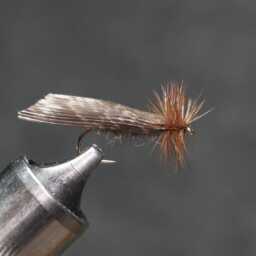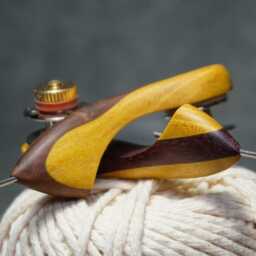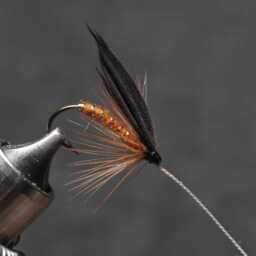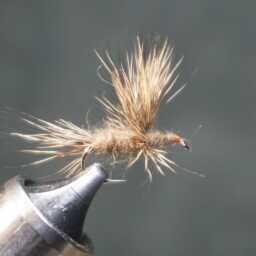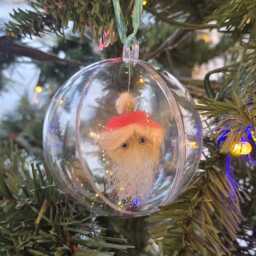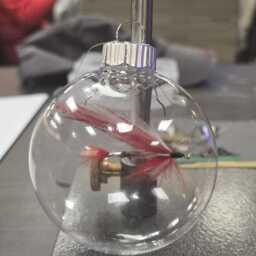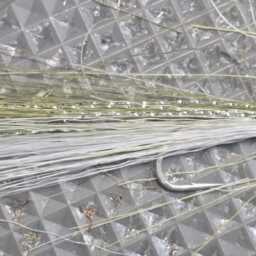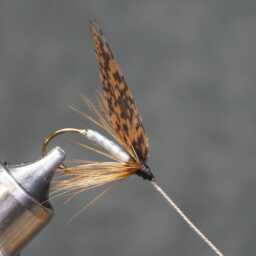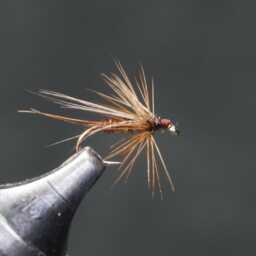Blue-winged teal feathers, particularly from their wings and bodies, are highly prized in fly tying. Here are some specific uses for blue-winged teal feathers in this craft:
Wing Feathers: The blue-winged teal’s distinctive sky-blue wing coverts are often used to create wings or wing cases in fly patterns. They add natural iridescence and a unique bluish hue to imitate certain insects or baitfish.
Soft Hackle: The feathers from the teal can be used as soft hackle material in creating flies. These feathers, when wound around the hook, create a soft, pulsating action underwater, resembling the movement of insect legs or small underwater creatures.
Body Material: The feathers from the body of the blue-winged teal can be used to craft bodies or bodies’ sections in various fly patterns. They often add natural coloration and texture to the fly.
Collars and Throat Hackles: The feathers from the teal can also be used as collars or throat hackles in certain fly patterns, adding movement and a realistic appearance to imitate specific prey.
Substitute for Other Bird Feathers: Blue-winged teal feathers are sometimes used as substitutes for other bird feathers in fly tying due to their unique coloration, softness, and flexibility.
The specific characteristics of blue-winged teal feathers, such as their color, texture, and iridescence, make them valuable for creating realistic and effective fly patterns that mimic natural prey and attract fish.
Blue-winged teal (Spatula discors)
Size:
Male: Length – 16″, Weight – 1.0 lbs
Female: Length – 14″, Weight – 0.8 lbs
Physical Description:
Male: Slate gray head, black-edged white crescent, tan sides with dark speckles, blue-gray upper wing coverts, green speculum, black bill, yellowish-orange legs.
Female: Brownish-gray head, darker crown, brown sides, olive brown upper parts, less vibrant bluish upper wing coverts, gray-black bill, dull yellow-brown legs.
Sounds:
Male call: Short whistle.
Female call: Soft quack or high-pitched squeak.
Habitat and Behavior:
Breeding Habitat: Northern prairies and parklands in central North America. They prefer wetland areas within grasslands, shallow marshes, flooded ditches, and temporary ponds.
Breeding Season: Females lay around 10 eggs, changing breeding sites yearly based on wetland conditions.
Food Habits: Feeds on aquatic plants (algae, duckweeds, pondweeds), seeds (sedges, grasses), and aquatic invertebrates in shallowly flooded wetlands.
Population and Survival:
Population: Roughly 6 million in recent years due to favorable prairie wetland conditions.
Mortality Rates: High annual mortality rates, up to 65% for specific age and sex classes.
Migration and Wintering:
Migration: Among the first southbound ducks in the fall and last northbound in the spring. Wintering areas include Florida, Caribbean Islands, Gulf Coast, Mexico, Central and South America. Diverse winter habitats, from mangrove swamps to estuaries and shallow wetlands. Higher densities in southern Texas and peninsular Florida, reaching as far south as Peru and northeastern Brazil.
This layout provides a comprehensive breakdown covering their overview, habitat and behavior, population, and migration habits.
« Back to Glossary Index
